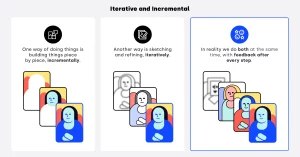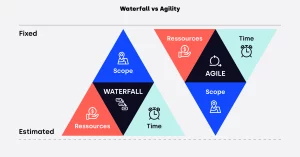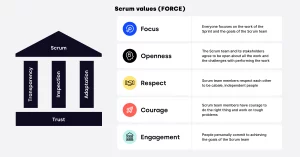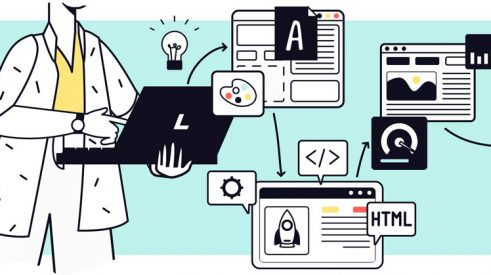You wish to
derisk your
web projects?
Contact us
Introduction
Project management has become an essential element in the technology industry. Projects are becoming increasingly complex, meaning project managers must be capable of adapting and evolving accordingly.
The 21st-century manager uses new management methods based on the “Agile” philosophy. These methods are themselves based on empirical management that rests on fundamental human values. In addition to providing us with qualified personnel, Libéo offers training on all the tools to solve problems effectively. I want to highlight the different elements that make a product manager a competent and efficient professional. But first, it is important to understand and clearly define what empiricism is. This philosophy is an important concept in Agile management.
Are you planning to start a web project?
The best way to succeed in a web project is to use agile management practices
Contact usEmpiricism
Empiricism is a philosophical theory that considers knowledge to primarily come from actual lived experience. For project managers, this means that experience is an essential element of training and professional development. By applying empiricism to product management, one achieves a much more desired and polished final result. It gives users what they really want.
In the accompanying image, we can observe the principle of empiricism through a simple example. The Mona Lisa wasn’t created in one go, nor was it created like a building, going from bottom to top or vice versa in an incremental fashion. Nor was it created completely iteratively by making a perfect but incomplete version several times.

In reality, empiricism suggests doing both. Therefore, multiple incremental iterations are made that will ultimately lead to the final work of the Mona Lisa. This is enhanced with user feedback and stakeholder input on the work between each iteration, by asking the right questions (Does the Mona Lisa smile too much? Should her hands be crossed? Is the style applied correctly? Etc.).
Problem solving with the Agile Scrum method
Problem-solving is a crucial element of project management. Product managers must be able to identify potential problems and resolve them effectively and quickly. By using proven problem-solving methods like the SCRUM method, managers can ensure that their projects are delivered on time and within budget.
To succeed in complex and uncertain situations, it’s necessary to adjust the scope of projects in SCRUM management and constantly readjust.
The accompanying image illustrates the difference between traditional project management (waterfall or cascade), which fixes the scope and has to play with budgets and delivery times, and agile management, which instead fixes the budget and delivery dates and proposes to fluctuate the scope. This ensures that the value delivered in projects is maximized regularly. At Libéo, we have chosen to frequently deliver a part of the work rather than waiting months before sending anything, as often happens in the waterfall method.

Training and values at Libéo
Libéo offers its colleagues advanced training that enables them to always stay at the top of their game. We host several leading figures in the world of agility to allow product managers to develop our skills, improve our performance, and stay informed about the latest practices. Our training is specially designed to help us adapt to the constantly evolving challenges of the tech industry. At Libéo, product managers, often referred to in the industry as Product Managers (PM) or Product Owners (PO), consistently emphasize the values of SCRUM, which can be easily remembered by the acronym “F.O.R.C.E.”:
- Focus: We must remain focused on our specific goals when carrying out our work.
- Openness: We must be open and transparent in our work.
- Respect: We must respect our colleagues.
- Courage: We must have the courage to speak the truth and face difficult problems.
- Engagement: The team must commit to delivering quality work, and members must be fully engaged in the work accomplished.

Thanks to these values and the SCRUM methodology, trust is built between the development team, the Product Manager, and the clients/users. In short, it strengthens the relationship between all the actors who together design quality websites, applications, and digital products!
Personal growth and achievement
For me, personal growth and recognition are important elements of project management. One must be able to take on challenges and develop accordingly. By setting ambitious goals and working hard to achieve them, product managers can acquire new skills and strengthen their self-confidence. Recognition of their achievements can also be a source of motivation and personal satisfaction.
For my part, I aim to consolidate my expertise in Agile and SCRUM methodologies and I constantly strive to improve in my work. I want to lead developers in the best way possible on a daily basis and I am proud to make clients and users happy with the websites and applications we create at Libéo.
Conclusion
In conclusion, being a good product manager in the tech industry requires a combination of skills, knowledge, and experience. By using empiricism to gain a deep understanding of management concepts, pursuing advanced training, employing proven problem-solving methods like the SCRUM method, and setting ambitious goals, we put ourselves in the best position to become competent, efficient, happy, and excited product managers, eager to produce high-quality digital products!



